So your old apartment is empty. The last box, the last chair, and the last potted plant are on the moving truck. You’ve swept the floors, vacuumed the carpets, and taken out the trash. The place looks just like it did when you moved in.
Or does it?
Before your landlord gives you your security deposit back they’re going to give your old pad a thorough inspection. And there are places tenants tend to overlook that landlords always check. Here are 7 of those areas you’ll need to look over — and clean — to make sure you get that deposit money back.
1. Refrigerator
While you might have eaten, thrown out, or put all the salvageable food into a cooler already, there are some places in your fridge you might not think to clean — but your landlord will absolutely check.
First, defrost it. Ice can build up over time, and it’s good to let it melt to really clean the inside. Make sure to wipe down the back, front, handles, and top of the fridge.
“If you live in a place with hard water, baking soda sprinkled on the stains and then sprayed with a 1:1 mixture of vinegar and water will make scrubbing easier once it sits for 15 minutes.”
You’ll also need to pull it away from the wall and clean all the dust and gunk and unidentifiable bits of food that have been festering underneath. And remember to clean the wall back there too!
Protip: All this applies to the washer and dryer too (except maybe the defrosting part).
2. Cabinets
Wiping and cleaning all the cabinet doors and handles is only the beginning. The top edges of your cabinet doors have a bad habit of collecting dust and grime. Same with the insides of the doors (though we’re not sure how!).
One place the landlords will look over that you might not notice are the hinges. Be sure to give those a wipe-down, too. And finally, stick your head and your hands right into those cabinets to make sure they are as clean on the inside as they are on the outside.
3. Sinks
Both in the kitchen and the bathrooms. While you can get the basin sparkling like the sun, if you haven’t dipped your cleaning brush down into the drain (as far as reasonably possible) you risk losing your deposit.
Shine up the faucet too, making sure you scrub away all the gunk that tends to grow around the base of the faucet — especially in the back. You need to make sure the stopper/plug is free of scum, hair, and rust, so you might have to do some minor plumbing to remove it for an inspection.
4. Toilets
Just flushing won’t do the trick. You’ll need to grab that toilet brush and get rid of all the stains on the inside of the bowl.
Once you’ve gotten that out of the way, it’s time to wipe down and clean up the outside — including the back side, one place that many a renter will miss. And if you can, take the cover off the tank (carefully) and ensure the underside of that cover and the top edge of the tank looks good. (If it’s any consolation, you probably won’t have to clean the inside of the tank.)
5. Showers
Possibly the toughest part to clean, and it’s also immediately obvious to your landlord whether they’ll have to penalize you here.
Get a strong cleaner and a stiff brush and give it some elbow grease. If you live in a place with hard water, baking soda sprinkled on the stains and then sprayed with a 1:1 mixture of vinegar and water will make scrubbing easier once it sits for 15 minutes.
Like the sinks, you’ll need to pay attention to the water fixtures, including where they meet the shower tiles and the shower head itself. The grout will also need to be scrubbed, especially in the corners.
6. Door Knobs
We touch them more than anything else in the house, but they often get overlooked. The front door, the bathroom door, the bedroom doors, and the back door, not to mention the handles on all the drawers and appliances; they may not be filthy and covered with gunk, but they need to be wiped down.
Now, think about how often we push a door closed without touching the handle or knob. This means a slow build-up of residue from our fingers and hands that can easily go unnoticed by a tenant, but certainly not by a landlord who hasn’t been desensitized to seeing it every day. This “print” on door handles and frames will need to be cleaned as well.
This also applies to light switches, switch plates, and the walls around them.
7. Dust magnets
There are countless places where dust and yuck can collect: the top edges of doors and window frames; on curtain and closet rods; on the upper sides of light fixtures; along baseboards and on windowsills; on air vents and window blinds; and on the top edge of the bathroom mirror.
Try looking around a room and wondering where dust might collect, but not be wiped off, or places where you rarely look.
Now Show Your Landlord Your Work
Even if you get the old pad looking perfectly spotless, your work is not quite over. Get with your landlord and do a final walk-through together. If there are any issues that would keep you from getting your security deposit back, your landlord will be obliged to tell you on the spot.
“…a slow build-up of residue from our fingers and hands that can easily go unnoticed [on doors and light switches] by a tenant, but certainly not by a landlord…”
If the place indeed looks just as good as it did when you moved in, you can either ask for your deposit back or get a signed letter or form stating you’ve fulfilled your obligations as a renter and will be getting your deposit returned to you.
Hey, your landlord is going to be thorough. So should you.
See prices for local moving labor. Read real customer reviews. Easily book your help online.

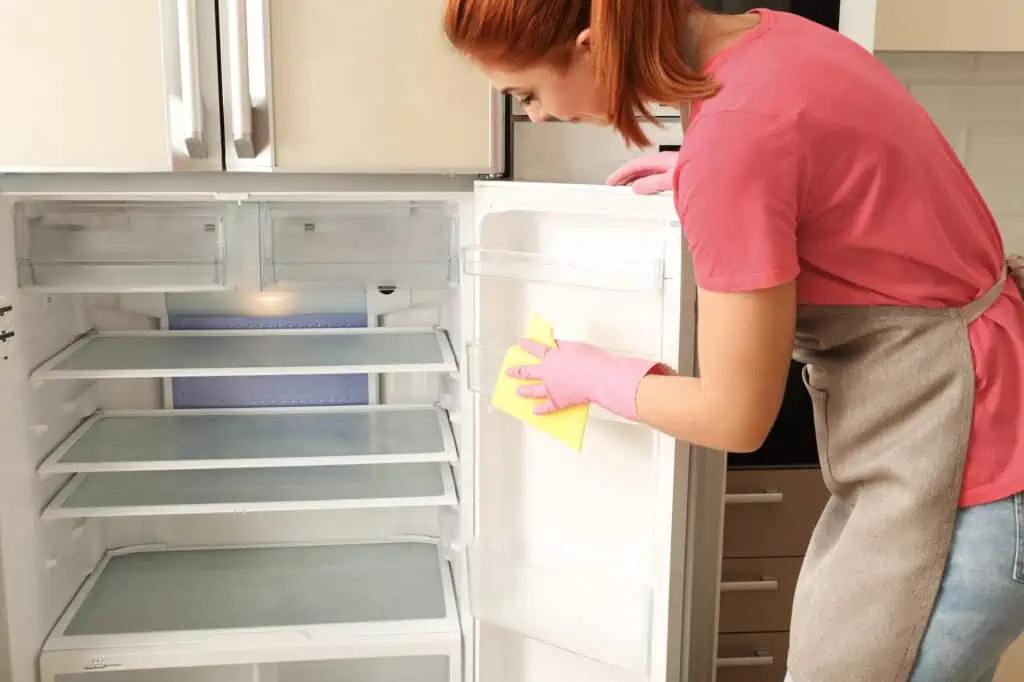


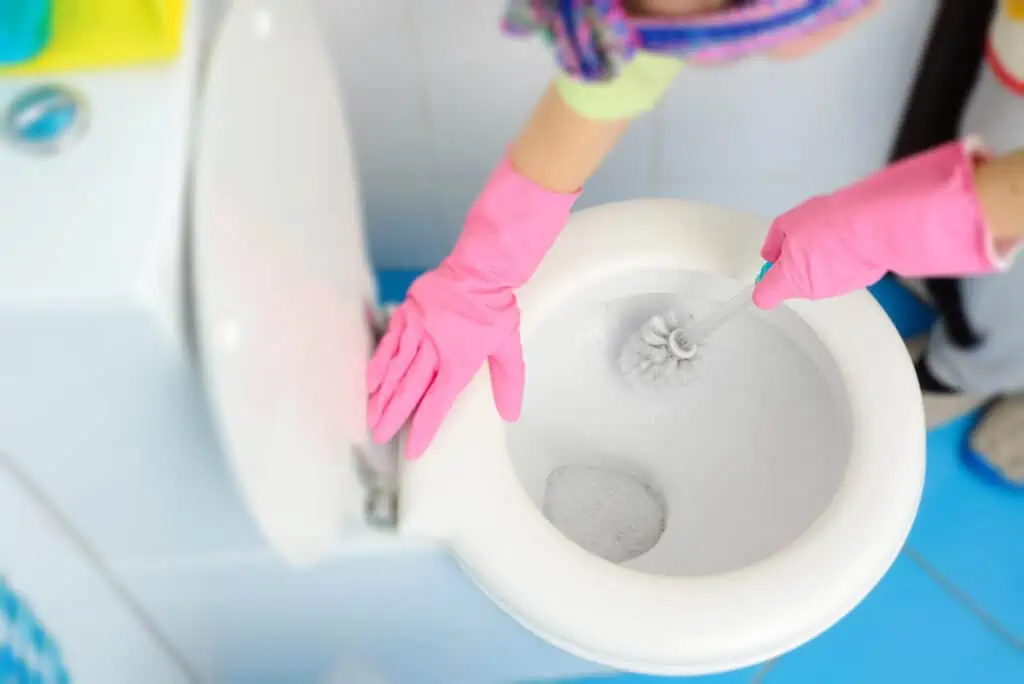
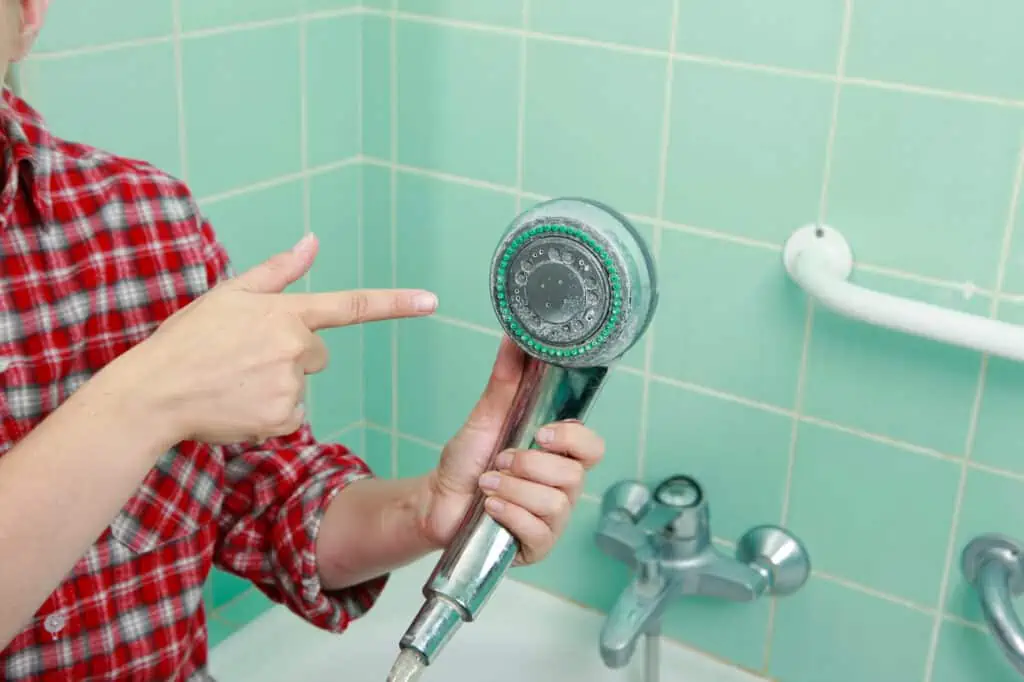
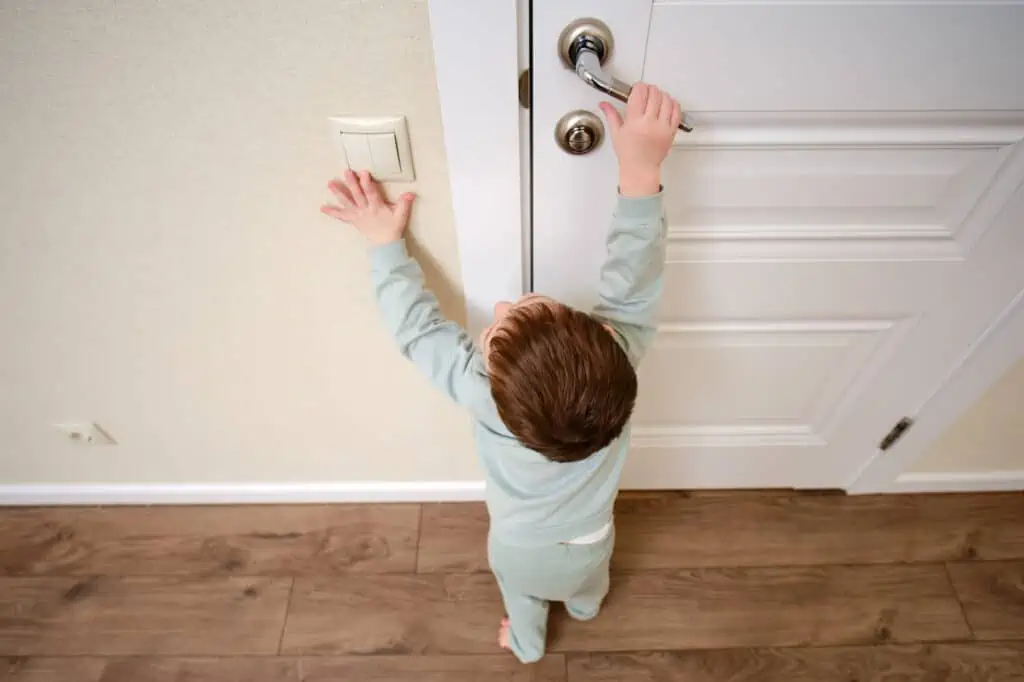
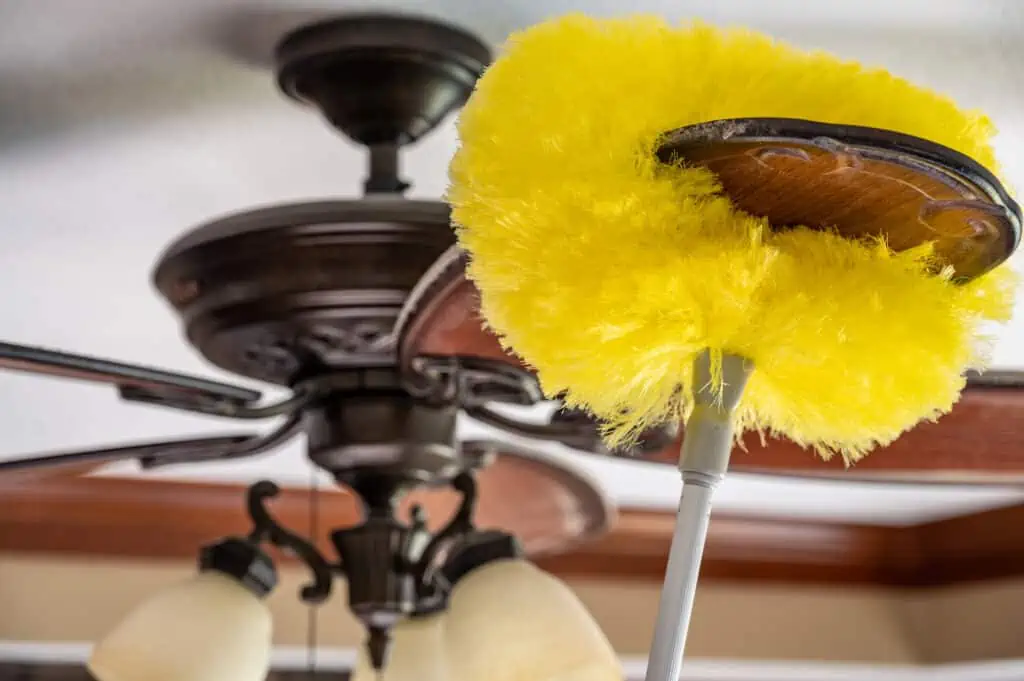

 #1. The nicer the furniture, the more likely you’ll damage it.
#1. The nicer the furniture, the more likely you’ll damage it.




